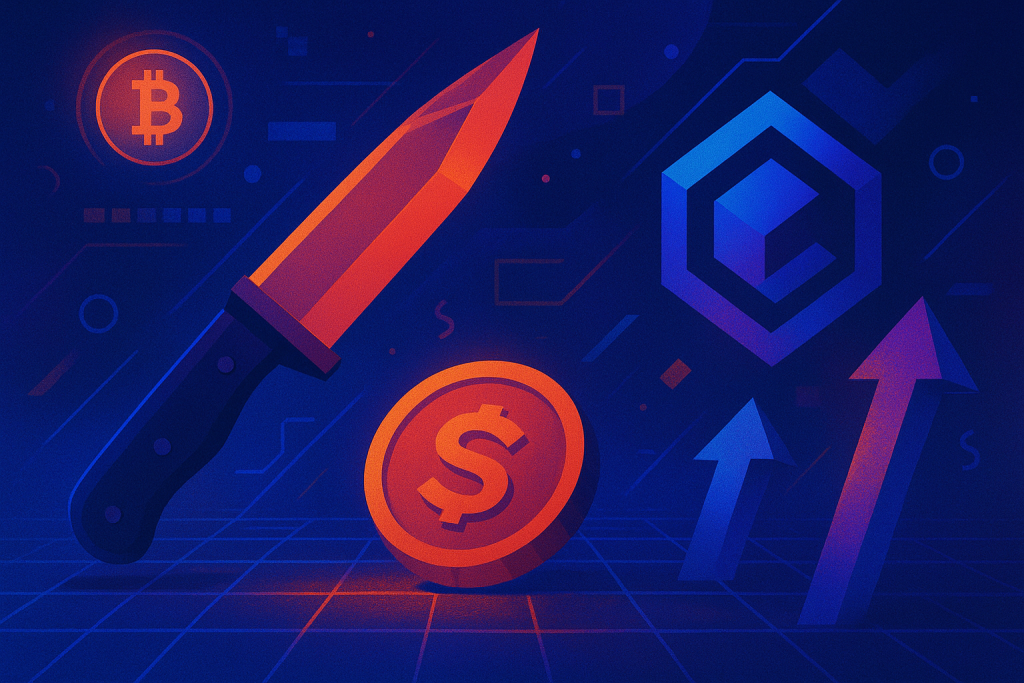The collectible skin market in Counter-Strike 2 (CS2) had been a surprising outperformer throughout 2025, even surpassing traditional assets and cryptocurrencies in returns. However, a recent update from developer Valve triggered a sharp downturn: the total value of in-game items dropped by roughly $2 billion overnight, a decline of about 25%.
Even seasoned crypto traders accustomed to volatility were taken aback by the speed and magnitude of the crash. Social media quickly lit up as players and investors tried to understand how a routine game update could destabilize such a large market.
“It was a total shock to the community. The update completely changed the supply of the most sought-after and expensive CS items,” said Ethan McDonald, marketing manager at Pricempire, an analytics platform tracking the total market value of skins.
The Trigger: Supply Shock
Valve’s October 22 update fundamentally altered how high-tier skins like knives and gloves could be obtained. Previously, ultra-rare knives were only available randomly through loot boxes, making them scarce and highly valuable. Now, players can craft these rare items by exchanging lower-tier skins, dramatically increasing supply and instantly devaluing the market’s most expensive items. Traders who had invested heavily in these premium skins were hit hard.
Previously, CS2 skins were considered relatively stable “investments.” In early 2025, the Sharpe ratio—a measure of investment performance—of the skin market reached 0.34, outperforming the U.S. stock market (0.25), Bitcoin (0.21), and gold (0.12), according to research by the Higher School of Economics and the Russian School of Economics. Annualized returns on skins were reported at 41%, far exceeding other traditional or crypto assets.
Skins as Crypto Analogues
Crypto analyst Taisia Romanova, author of the GFiS Channel on Telegram, compared the market dynamics to cryptocurrency issuance: “By allowing rare skins to be crafted from common ones, the effective supply surged. It’s similar to what happens when token emission increases—it drives prices down.”
This sudden change highlights a key difference between centralized digital assets and blockchain-based ones: immutability. Major cryptocurrencies and limited-edition NFTs maintain scarcity because their supply is encoded in the protocol, unlike CS2 skins that can be redefined by developer intervention.
Popular NFT collections provide a clear parallel. Imagine if holders of low-value NFTs like Meebits could combine them to mint rare CryptoPunks. The sudden creation of high-value tokens from cheaper ones would collapse the market for original assets—just as Valve’s update did for CS2. Another analogy: what if one could obtain a Bitcoin worth $110,000 by burning five $200 Solana tokens? Such mechanisms would undermine scarcity, a core principle of digital value.
Some crypto enthusiasts even compared the CS2 update to a blockchain hard fork without community consensus: part of the player base remains on the old version (CS:GO), while the new version (CS2) devalues prior assets, causing massive liquidity shocks. Others likened it to a “multi-stage rug pull,” highlighting how speculative markets can implode when rules change suddenly.
Lessons for Digital Asset Markets
The CS2 skin market, like crypto, is highly sensitive to fundamental changes. A single decision by a centralized authority can erase billions in value almost instantly, leaving investors exposed. While the gaming market continues to evolve, the incident underscores a shared lesson for both gaming and crypto markets: scarcity, trust, and transparency are critical to maintaining digital asset value.


